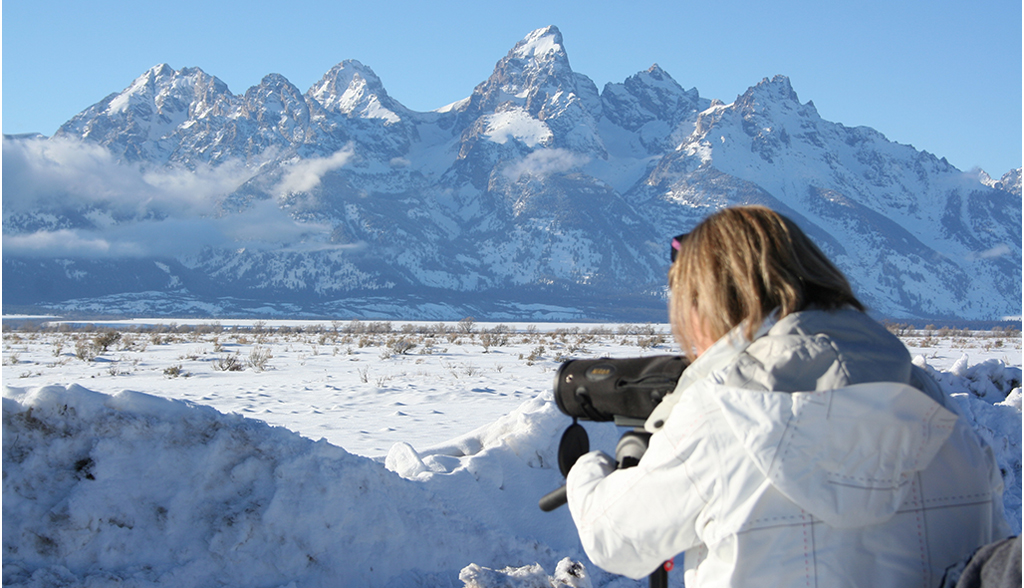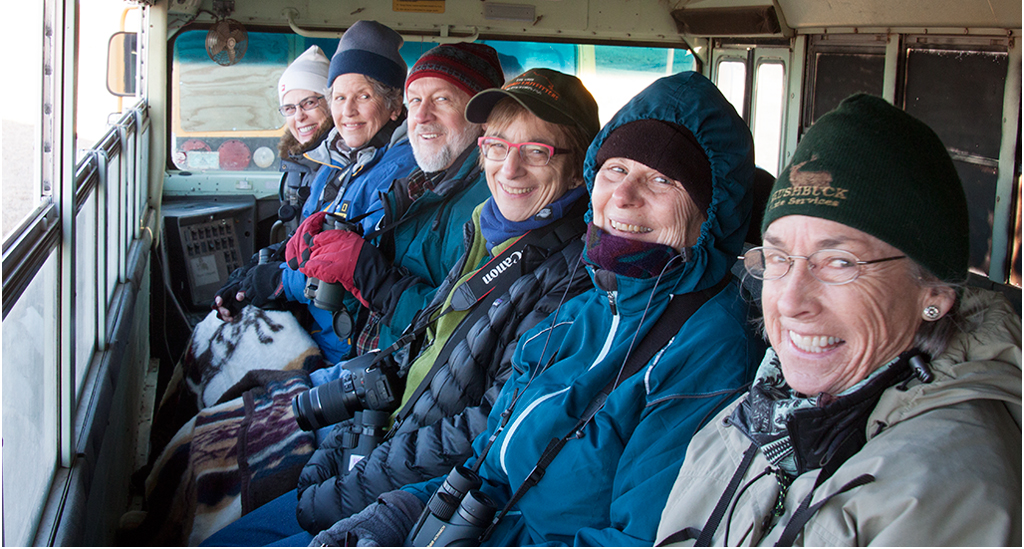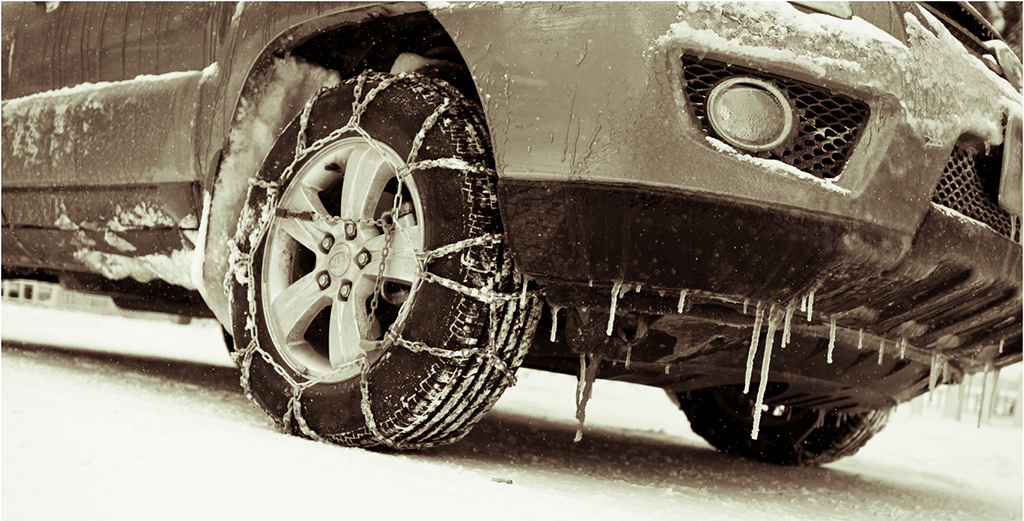Winter in Grand Teton National Park is one of the most breathtaking wonders you will ever see. However, if you are not fully prepared it can turn into a very uncomfortable or even dangerous experience. So before you head out to this winter wonderland you’ll need to know how to gear up appropriately.

PLAN AHEAD FOR WINTER TRAVEL
As you pack, it is recommended that you pack for winter extremes. You can always peel off layers, but if you don’t have adequate clothing or gear you may find yourself in a world of trouble. Keep in mind that temperatures can range from 30 degrees Fahrenheit to -20 degrees Fahrenheit or lower. Heavy snow, ice, and wind can further complicate your travel or hiking. Don’t rely solely on what the weatherman says; the weather in the area can change at the drop of a hat.
Taking the time to plan ahead can save you valuable time and energy later. Make a list of the things that you need to carry with you. Pack well and think through all of your planned activities. Plan for the worst-case scenario so you won’t be caught unprepared should the weather suddenly changes.
PACK THE RIGHT GEAR
Layering is the best way to keep warm. Wearing insulating undergarments such as wool, polypropylene, or silk under your clothing is smart. A fleece or wool shirt over the insulation, wool or fleece snow pants, then topped with a heavy jacket in fleece or wool will keep you warm. Don’t over do it, though, especially if you are going to be active. If you wear too many layers and have to move around a lot you can get overheated, start to sweat, then get a chill. Monitor your level of warmth closely.
PACK THE RIGHT GEAR
Layering is the best way to keep warm. Wearing insulating undergarments such as wool, polypropylene, or silk under your clothing is smart. A fleece or wool shirt over the insulation, wool or fleece snow pants, then topped with a heavy jacket in fleece or wool will keep you warm. Don’t over do it, though, especially if you are going to be active. If you wear too many layers and have to move around a lot you can get overheated, start to sweat, then get a chill. Monitor your level of warmth closely.

You should keep your head and neck covered as much as possible. An insulating hat with a neck gaiter will help hold in the heat. Glove liners under heavy fleece or wool gloves will do the trick. Layer your socks the same way with a light layer of wool under a heavy weight poly-wool blend or all wool. Cotton is not recommended. It offers no protection from the elements. Foot and hand warmers may help as well.
Insulated snow boots with good traction on the soles are a must. Look for boots that hit about mid-calf and offer a minimum of 800 gram Thinsulate insulation. Toss in some SPF sunscreen (the sun can reflect off of the snow and give you an awful sunburn), lip balm and sunglasses to complete your outfit If you are taking photos, a good telephoto lens (300 mm or better) is a must.
EQUIP YOUR VEHICLE FOR WINTER WEATHER
You may want to invest in snow tires or chains. While the highways and interstates leading to the park are usually well plowed during the winter, the roads in the park itself are not. Also keep a case of water, protein bars, blankets, a flashlight, light sticks or flares, a small snow shovel, matches, and a whistle on hand. Make sure that you have a full tank of fuel. If you plan ahead, you won’t be caught unprepared. Grand Teton is gorgeous, especially in winter, but it is still a vast wilderness area that demands respect. Stay prepared and you will have a wonderful adventure.
